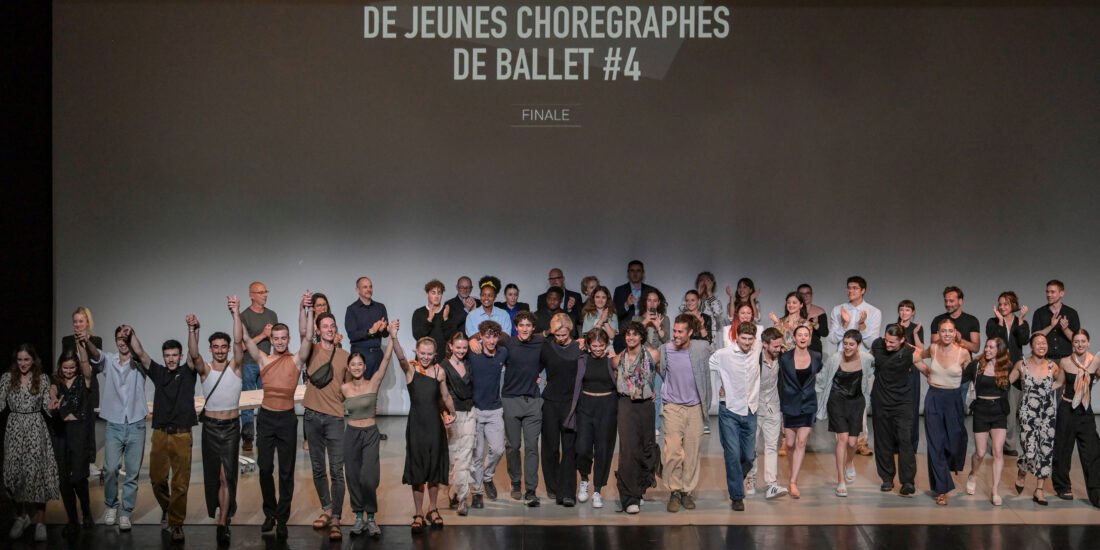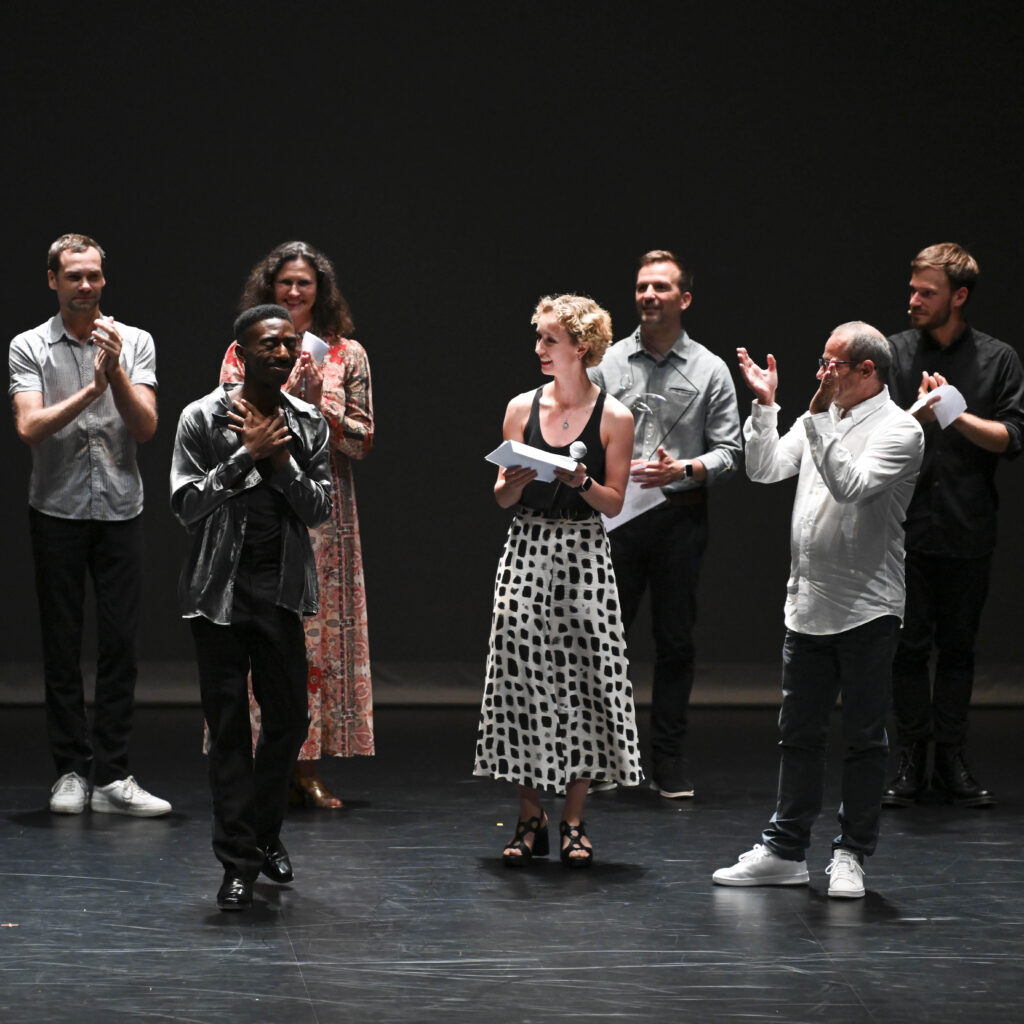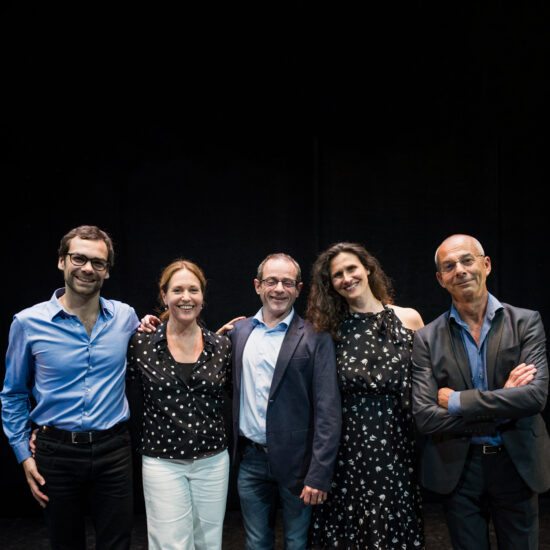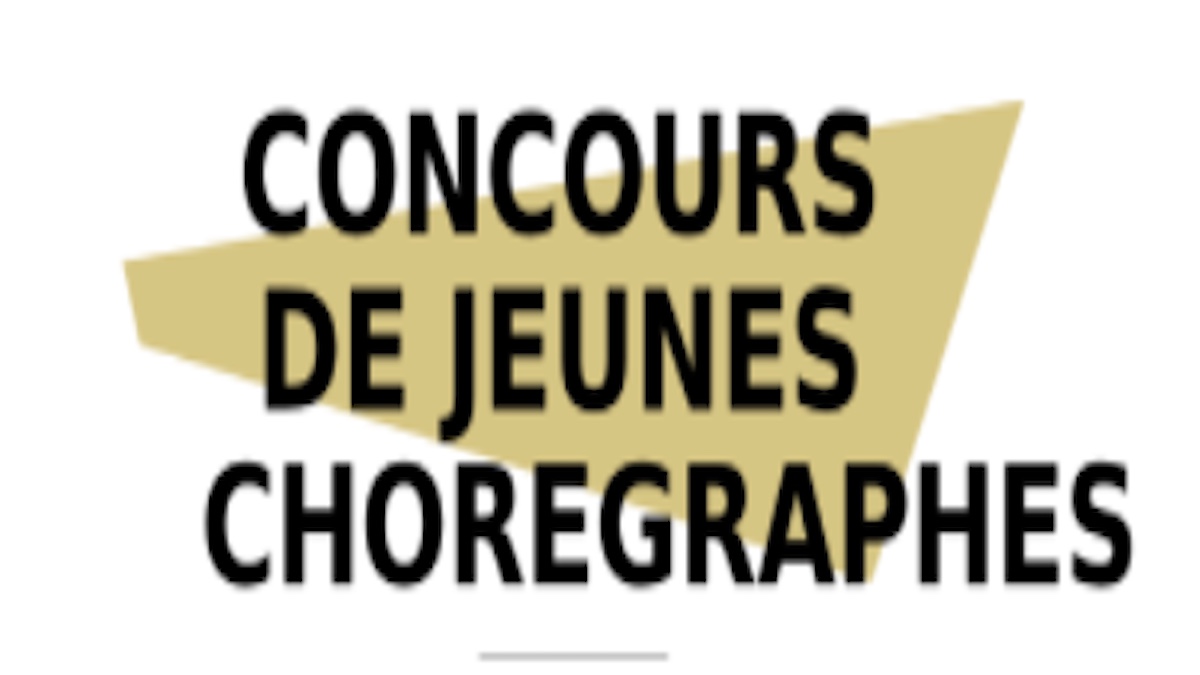
Born of the realization that while our ballets are indispensable to dance, and that they are exciting places where the most up-to-date contemporary creation coexists with the preservation and dissemination of repertory works, they also remain in the front line when it comes to the challenges of our time and the future.
For ballets to be strong in the 21stth century, it is essential that young choreographers enter the field of academic dance to continue to develop and hybridize it with the influences of our time.
Thanks to the support of the French Ministry of Culture and private partners, in order to support the emergence of a generation of new choreographers, a “relève”, the Ballet National de Bordeaux, the CCN Malandain Ballet Biarritz and the CCN Ballet de l'Opéra national du Rhin, created in 2016 the Concours International de Jeunes Chorégraphes de Ballet à Biarritz.
Held every two years, this competition enables young talent from all over Europe to be spotted and supported.
The situation in France:
• Ballet, more than ever, continues to attract large audiences thanks to works drawn from its repertoire and numerous creations.
• Despite this popularity, there are fewer than 400 dancers employed on permanent contracts in France. This is all the more paradoxical given that this vocabulary, as well as Ballet as a theatrical genre, received their “letters of nobility” in France before fertilizing Europe, and then the whole world.
• Today, it is often difficult for a young classical/neo-classical choreographer to emerge. The financial stakes and too few opportunities make creation out of reach.
To support the emergence of young Ballet choreographers, three French Ballets have decided to set up a competition to :
• Identify new talent and give them an opportunity to create and present their work
Help to create a “call for entries” and stimulate vocations that until now have not dared to try their luck
• Unite different ballets (CCN Ballets and Ballets d'Opéra) around a cooperative project with a European dimension.
• To create a high-profile, showcase event that brings together ballet, youth, creation and emerging artists, and mobilizes the profession around ballet issues.

In addition to supporting the emergence of young choreographers and new talent, one of the major challenges is to renew the Ballet Repertoire and mobilize the profession around current Ballet issues:
• Creation and production of new choreographies,
• Economic model for touring,
• Conditions for the emergence of young classical/neo-classical choreographers,
• Dancer training and careers, including medical prevention, retraining...


The Pôle de Coopération Chorégraphique du Grand Sud-Ouest brings together the Ballet de l'Opéra National de Bordeaux, the Ballet de l'Opéra national du Capitole de Toulouse and the CCN Malandain Ballet Biarritz. These 3 Ballets du Sud-Ouest carry the aesthetics of classical dance from its roots to its most contemporary forms.
With the support of the Ministry of Culture's Direction générale à la création artistique, the aim of the Pôle de coopération chorégraphique is to engage in a joint reflection on Ballet today: the creation and production of new choreographies, the economic model for touring, the conditions for the emergence of young classical/neo-classical choreographers, the training and careers of dancers...
Regular meetings are organised with the directors of twelve French ballets in partnership with the Association des Centres Chorégraphiques Nationaux and the Réunion des Opéras de France.

